Nando, a young horse wrangler in a rural Mexican village, has taken his own life following a disagreement with his father. Caballerango shows the boy’s family members and townspeople as they reckon with the new realities borne out of this inexplicable tragedy. Each account of Nando’s story reveals a different aspect of this rural town, which is deeply affected by modernization. The confrontation between the centuries-old ways of life and the modern-day world seems to be creating serious identity crises among the younger generation. The story is told in a patient, observational style with methodical shots of the landscape, ranches, and of the two white horses, whom Nando and his father tended to. Those horses, the last to see Nando alive, connect us to an ethereal sensation of almost otherworldly mystical beings.
Related Movies

The Bridge (2006)
The Bridge is a controversial documentary that shows people jumping to their death from the Golden Gate Bridge in San Francisco - the world's most popular suicide destination. Interviews with the victims' loved ones describe their lives and mental health.
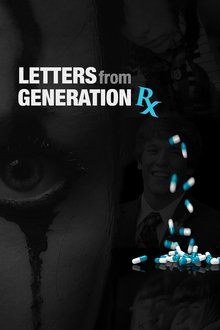
Letters from Generation Rx (2017)
As a result of the 2008 documentary"Generation Rx," thousands of people wrote director Kevin P. Miller to share their experiences on psychiatric drugs. Miller combines their gripping tales with the latest mental health research, science, and medical health perspectives.
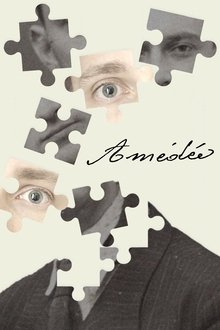
Amédée (2024)
In 1952, Amédée took his own life by jumping into the Seine. No one knows the reason for this tragic act. His story comes to us in bits and pieces.
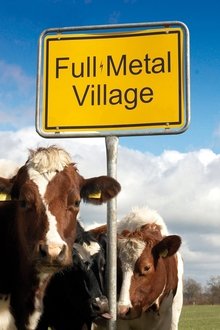
Full Metal Village (2007)
The film describes the microcosmos of the small village Wacken and shows the clash of the cultures, before and during the biggest heavy metal festival in Europe.
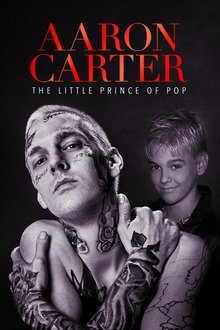
Aaron Carter: The Little Prince of Pop (2023)
Famous by age 9, struggling by age 20 and dead at ripe age of 34, this documentary dives deep into the life of pop singer Aaron Carter. He became a mainstay of the early 2000s pop scene, touring the world as a child solo artist with chart-topping hits like “I Want Candy” and earning the title “The Little Prince of Pop” from Michael Jackson. Just a few years after his rise to fame, Carter began a cycle of mental health struggles, experienced family turmoil, and grappled with addiction ― culminating in his untimely death in November 2022.
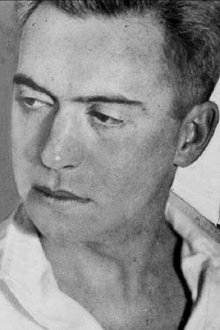
Hart Crane: An Exegesis (2012)
James Franco interviews three experts on the poet Hart Crane, whose life was the subject of his feature The Broken Tower (2011).
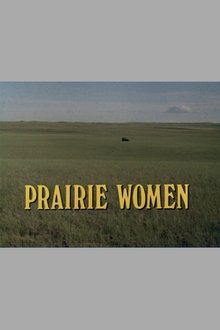
Prairie Women (1987)
This film illustrates the struggles of Canadian prairies women to achieve a more just and humane society within the farm movement and at large. During the early 1900s, women on the prairies looked for ways to overcome their isolation. Out of the resulting farm women's organizations grew a group of women possessing remarkable intellectual abilities, social and cultural awareness, and advanced worldviews.

Der lange Weg ans Licht (2008)
Edeltraut Hertel - a midwife caught between two worlds. She has been working as a midwife in a small village near Chemnitz for almost 20 years, supporting expectant mothers before, during and after the birth of their offspring. However, working as a midwife brings with it social problems such as a decline in birth rates and migration from the provinces. Competition for babies between birthing centers has become fierce, particularly in financial terms. Obstetrics in Tanzania, Africa, Edeltraud's second place of work, is completely different. Here, the midwife not only delivers babies, she also trains successors, carries out educational and development work and struggles with the country's cultural and social problems.
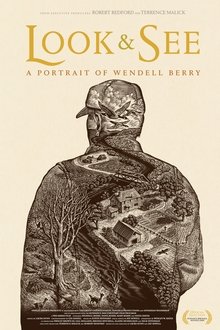
Look & See: A Portrait of Wendell Berry (2016)
A cinematic portrait of farmer and writer Wendell Berry. Through his eyes, we see both the changing landscapes of rural America in the era of industrial agriculture and the redemptive beauty in taking the unworn path.
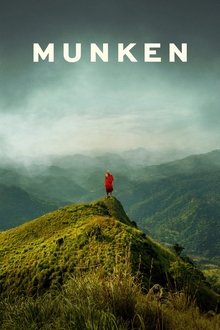
The monk (2023)
When Danish filmmakers Mira Jargil and Christian Sønderby Jepsen try to find balance in their stressful lives, they seek guidance from a renowned Danish HIV researcher turned monk deep in the mountains of Sri Lanka. But their filming process goes differently than expected. When they hear that the renowned Danish doctor and HIV scientist Jan Erik Hansen has burned all boats to live as a Buddhist monk on a mountain in Sri Lanka, the two Danish documentary makers Mira Jargil and Christian Sønderby Jepsen decide to make a film about him. to make. Jan Erik Hansen, as monk Bhante, has become an important voice in the Buddhist community. He has a YouTube channel with many followers, and people from all over the world ask him their life questions. The film project ends unexpectedly when the monk and the filmmakers appear to have different ideas about the film.
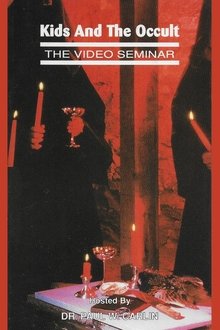
Kids And The Occult (1994)
Something is happening. It is happening nationally and locally. It is an ideology that manifests itself in graveyard desecrations, animal mutilations, human sacrifices and suicide. It categorically involves drug/ alcohol abuse, pornography, sexual perversion, physical/mental abuse, heavy metal music and drinking blood. And it is highly organized. Satanic/Occult organizations (churches) have corporate charters, own buildings, maintain national/ international computer networks, publish magazines/newsletters and hire professional public relations firms to polish their public image. It is both generational and self-styled. Some groups are esoteric while others are pantheistic.
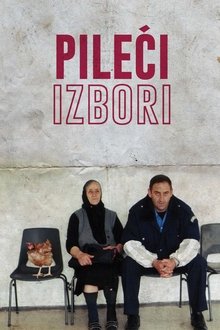
Chicken Elections (2005)
Present day: a small village somewhere in rural Serbia. Reports on the upcoming parliamentary elections drone from the radio while a local traffic policeman tries to teach his old grandmother how to use a mobile phone. Glimpses of this old lady, who lives a lonely life on a remote farm, become the red thread running through the film with its snapshot-like portraits of everyday life in the tiny community. There’s the grocer’s shop the men visit to talk about money and politics. Or the postman who delivers on his moped the ballot papers for the forthcoming elections. The policeman who stops cars as he fancies. The school with a handful of children in the overlarge classroom. The pub in which something approaching merriment occasionally arises. And the recurrent visits to the old peasant woman: Her matter-of-fact inventory of aches and pains delivered to the local doctor, her worries about increasing thievery confided in the village priest.
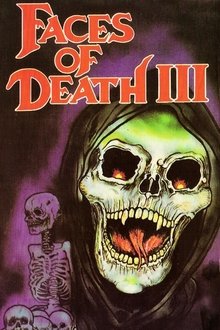
Faces of Death III (1985)
The third installment of the infamous "is it real or fake?" mondo series sets its sights primarily on serial killers, with lengthy reenactments of police investigations of bodies being found in dumpsters, and a staged courtroom sequence.
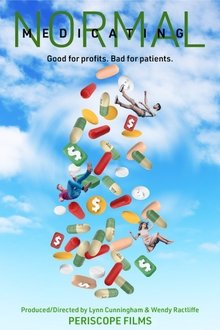
Medicating Normal (2020)
One in five Americans is taking a psychiatric drug, including millions of children. Pharmaceutical companies have over-hyped the benefits of these drugs, while hiding the risks and severe side effects including physiological dependence. "Medicating Normal" explores what happens when for- profit medicine intersects with human beings in distress.
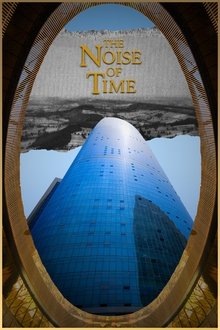
The Noise of Time (2024)
In the town of Xoco, the spirit of an old villager awakens in search of its lost home. Along its journey, the ghost discovers that the town still celebrates its most important festivities, but also learns that the construction of a new commercial complex called Mítikah will threaten the existence of both the traditions and the town itself.
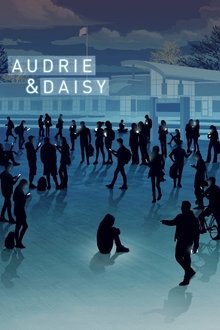
Audrie & Daisy (2016)
A documentary film about three cases of rape, that includes the stories of two American high school students, Audrie Pott and Daisy Coleman. At the time of the sexual assaults, Pott was 15 and Coleman was 14 years old. After the assaults, the victims and their families were subjected to abuse and cyberbullying.
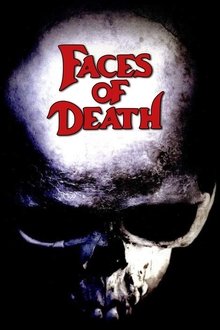
Faces of Death (1978)
A collection of death scenes, ranging from TV-material to home-made super-8 movies. The common factor is death by some means.
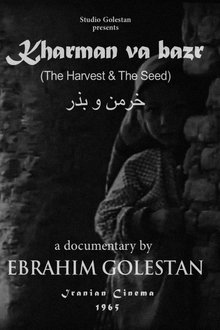
Harvest and Seed (1965)
The banned and unseen Harvest and Seed is a sardonic look at the conditions of a poverty-stricken Iranian village after the so-called agrarian reforms of the early 1960s, which amounted to a corrupt land grab rather than an equitable redistribution of wealth. This film recorded in village in south of fars, Shiraz, Esmaeel abad

Suicide (2001)
A look at the growing epidemic of suicide in the America. It looks at those effected by suicide and talks to people who have attempted suicide. It also talks to service professionals (EMT crews, workers at suicide hot-lines, and psychologists) who are attempting to confront this problem.
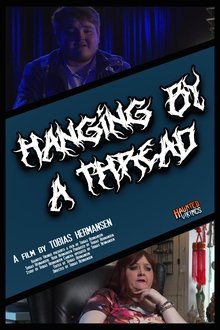
Hanging by a Thread (2025)
Filmmaker Tobias Hermansen, known for Dreamscape and Mentally Unavailable, has battled depression for years, facing moments of darkness that shaped his perspective on life. Through his struggles, he discovered the power of storytelling as both an escape and a means of self-expression. Now, he channels his personal experiences into powerful, deeply emotional films that shed light on mental health and human resilience, inspiring others through storytelling.